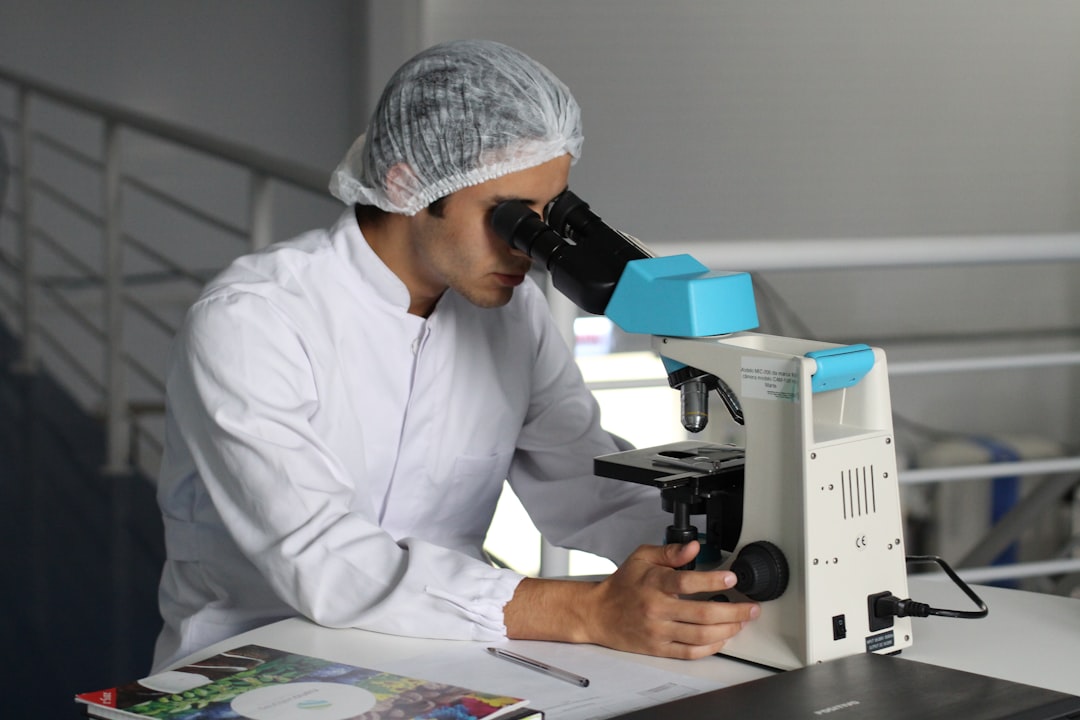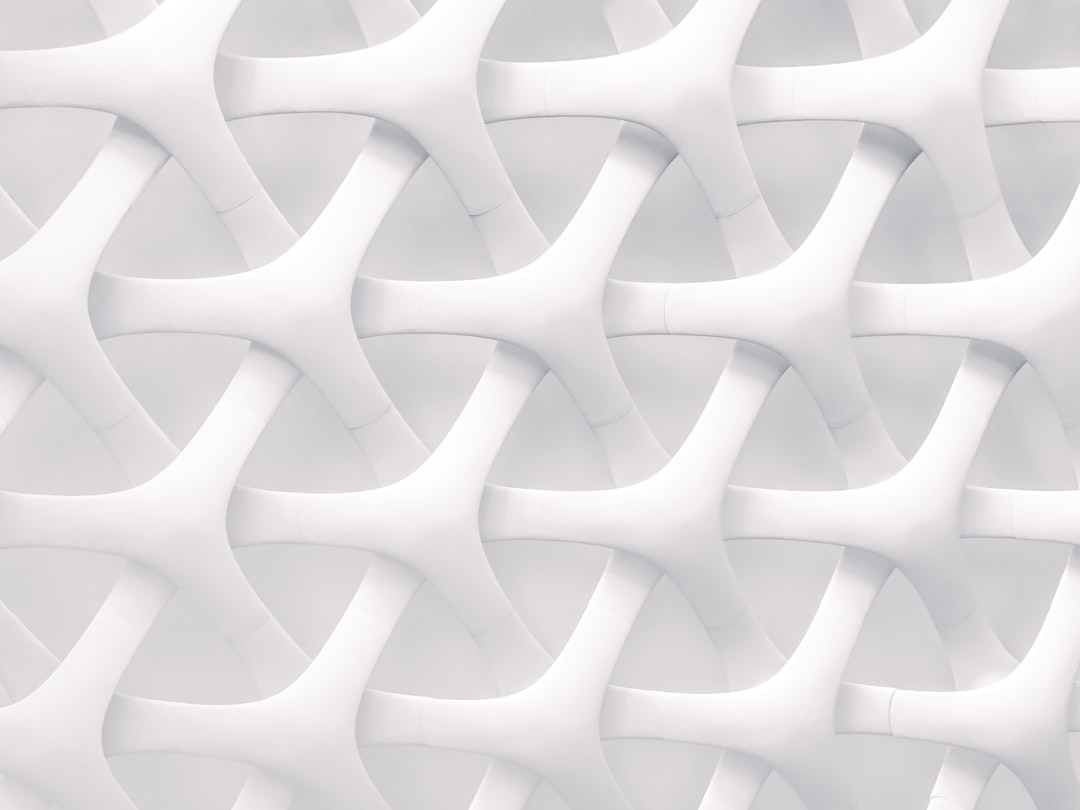What is it about?
Maturation ponds are excellent natural treatment systems for disinfecting domestic wastewater from pathogenic bacteria because of their great sunlight exposure through depth and high pH and dissolved oxygen values - all considered important factors. Escherichia coli (E. coli) removal is higher at closer to the surface of the pond and proceeds to decrease due to the limited amount of sunlight at deeper depths. To quantify the decay coefficients (Kb) of E. coli in a shallow maturation pond, quartz vessels were used to create isolated batch experiments and submerged at different depths inside the pond during different periods of the day (morning and afternoon). Kb values ranged from 0.48 to 0.28 h-1, considering different depths and both periods. A dark control vessel was also used to quantify dark decay rates (Kd) at the same depth and periods as the quartz vessels, and ranged from 0.14 to 0.04 h-1. Environmental variables did not appear to influence overall disinfection. Two models for estimating final E. coli concentrations were proposed, considering the kinetic coefficients obtained in the batch experiments and the dispersed flow regime for continuous flow ponds, which resulted in very good fittings with monitoring data and demonstrated the vertical profiling of E. coli concentration
Featured Image
Why is it important?
Different approach for modelling decay and looking at a pond.
Perspectives
Simple and easy to implement methodology
Dr Daniel F.C. Dias
Brunel University
Read the Original
This page is a summary of: Vertical profiling and modelling of Escherichia coli decay in a shallow maturation pond operating in a tropical climate, Environmental Technology, April 2017, Taylor & Francis,
DOI: 10.1080/09593330.2017.1310936.
You can read the full text:
Contributors
The following have contributed to this page










